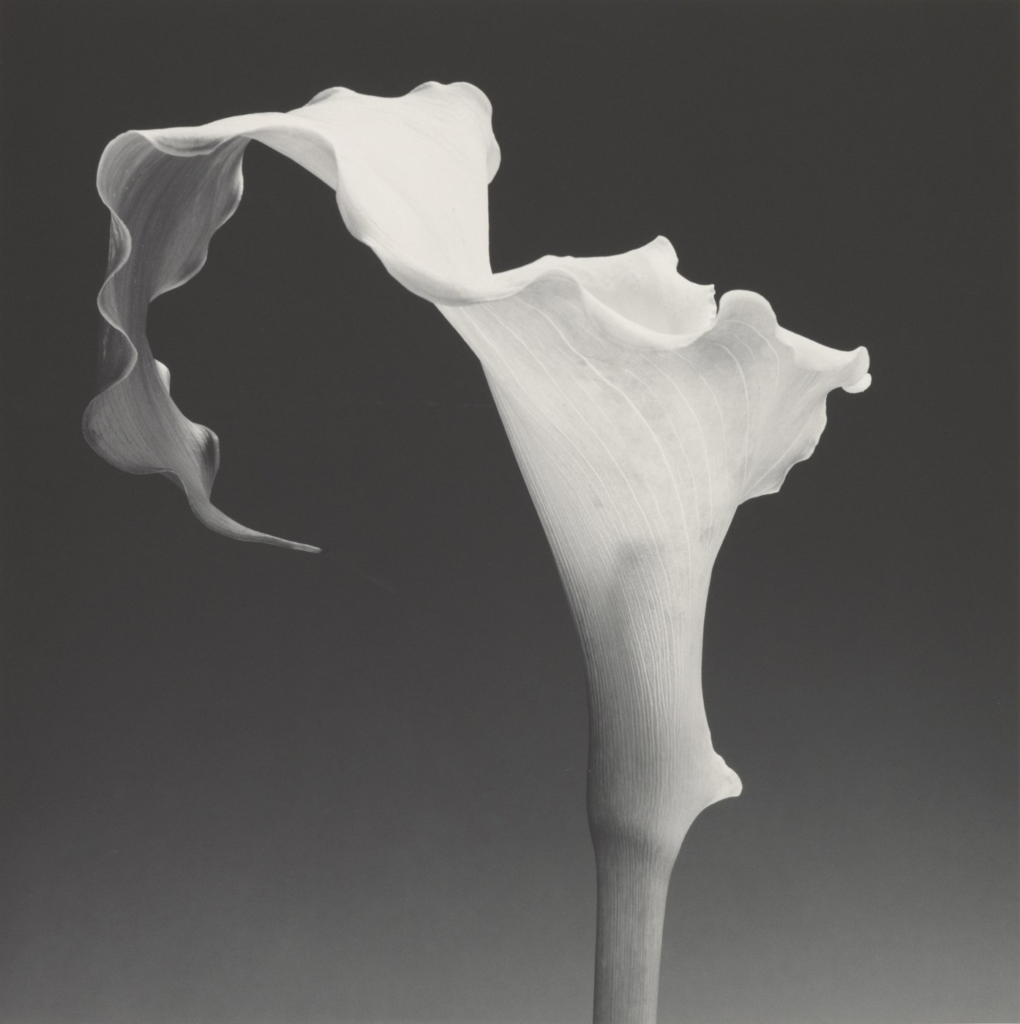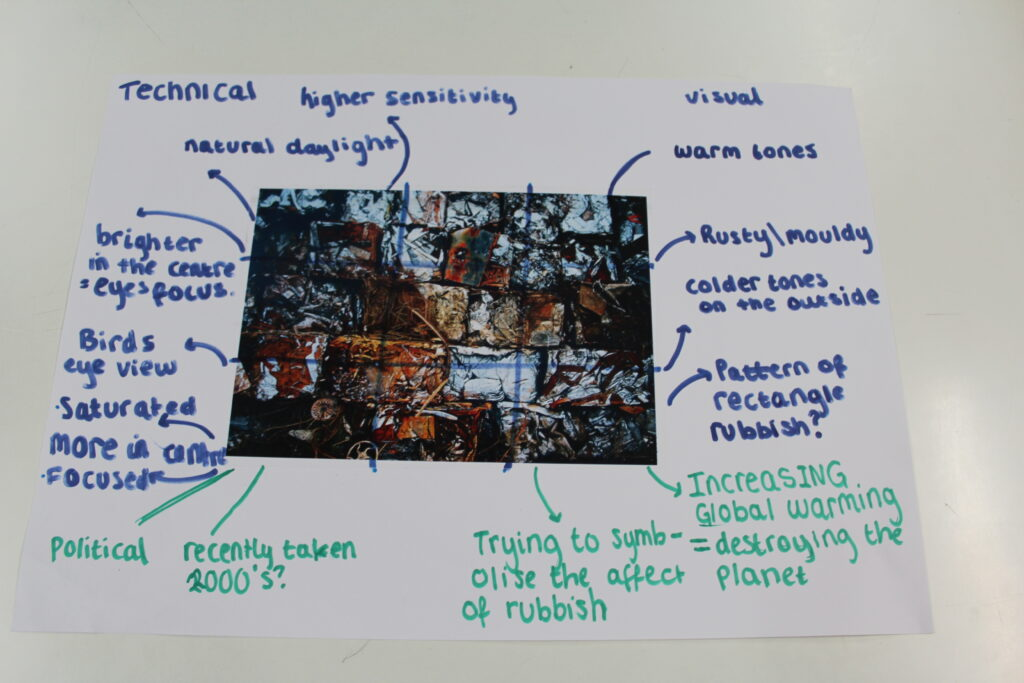There are seven basic elements to photographic art in formalism. Formalism is that photographers have to impose order, bring structure to what they photograph. ” A photograph without structure is like a sentence without grammar.”
These formal and visual elements (such as line, shape, repetition, rhythm, balance etc.) are shared with other works of art. But photographs also have a specific grammar – flatness, frame, time, focus etc.
The seven basic elements of formalism are:
Line – line is one of the most important elements considered in photography, as they guide the eye around the image. improper arrangement of lines can take away the strength of the subject matter of the photo. Lines are either straight, curved, or a combination of the two. Lines can be solid, dashed or interrupted, implied, or psychological. They can be vertical, horizontal, or somewhere in-between.

Shape – shape in photography is the 2D appearance of objects captured by the camera. Shape can be highly influenced by the lighting of your photo: by taking a photo where the shape is emphasised, place the lighting either directly in front or behind the object. There are two basic types of shapes: geometric (or regular) and organic.

Form – form refers to when shape takes on 3D. Form is created by shadows and highlights on an object in the photograph. Form is very important, because without the 3d effect, most images can look flat and dull.

Texture – texture in photography refers to the visual quality of the surface of an object, revealed through a variety of colour, tone and depth. texture brings life and vibrancy to images which would otherwise appear uninspiring and perhaps boring.

Colour – colour is one of the main compositions a photographer can use in their images, as other elements such as tone and mood are dependent on it. How a photographer combines various colours in their work has an influence on how the viewer looks at the image, and how they evoke emotion.

Size – size in photography is the term given to describe the height and width of an image, although it can be manipulated by the camera. Larger camera sensors gather more light, which is excellent for low light photography.

Depth – simply, depth of field in photography is how much your image is in focus. It is the photographers job to tell a story through their images, so how the image is focused is important for the photographer to consider. If an object is close to the camera and is in focus, the photographer is telling the viewer where to look.

Examples of Formalism:


These images are great examples of formalism in photography, as they portray abstract reality by eliminating social and spatial context. This means the viewer is able to focus on only the object in the image and will not get distracted by the background.
Formalism Poster:


Good start…but you can improve your blog by adding the following
1. A blog post that explores camera handling skills and lighting techniques that we have used. The Canon camera simulator examples are useful for this too.
2. More description and analysis of images (your own and others) in each blog post that has only images
3. A blog post that clearly shows your initial images in lightroom (like a contact sheet)…this can highlight your selections too (as well as edits)